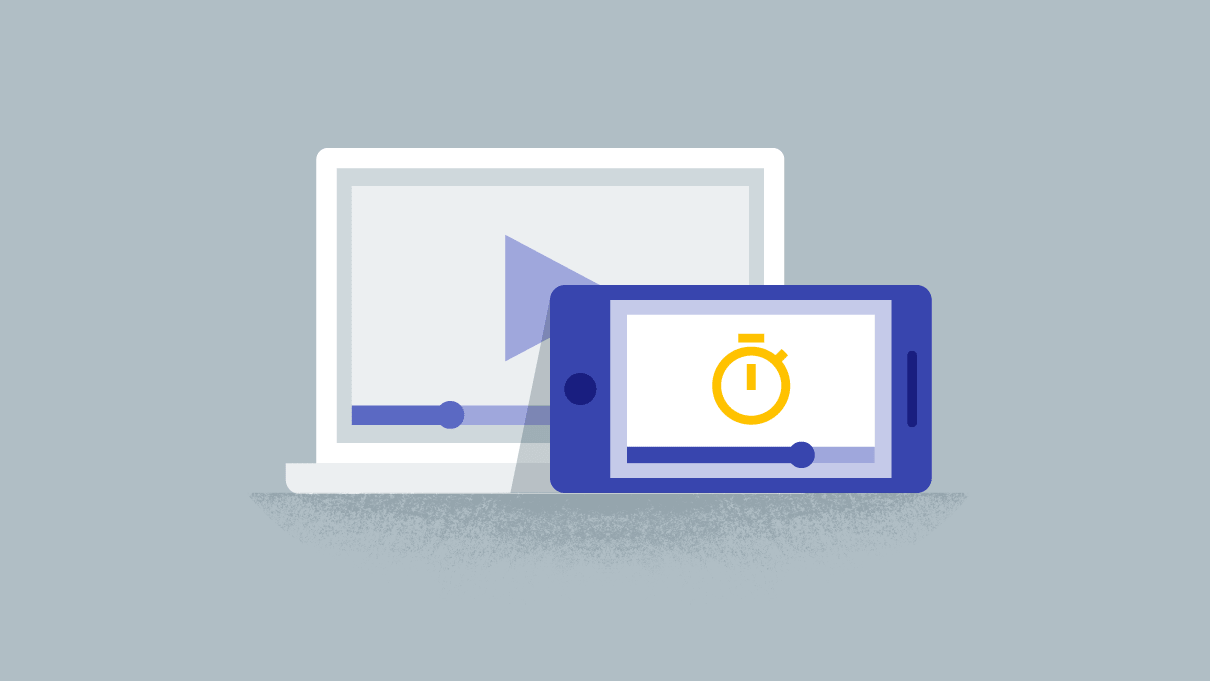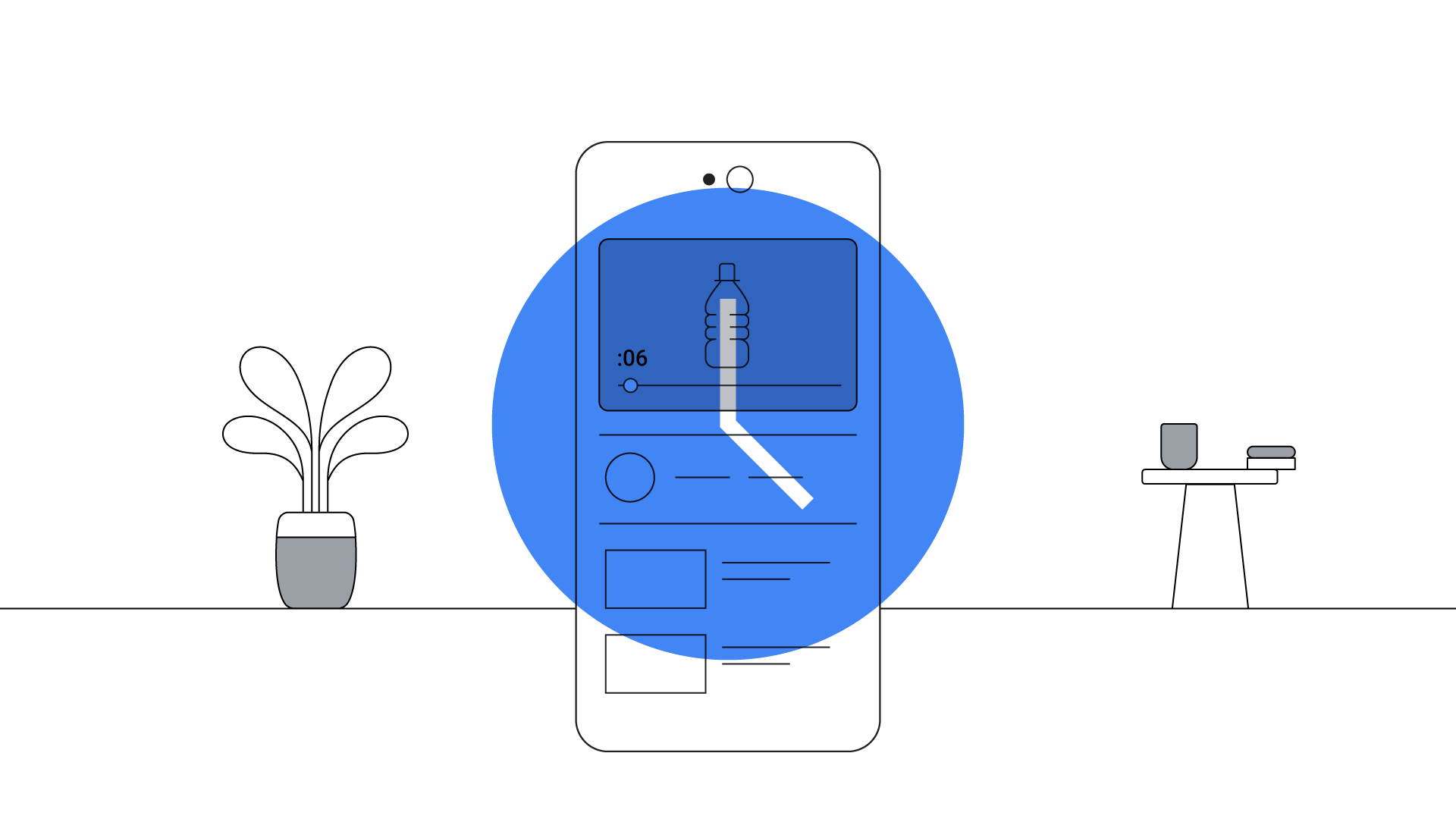Short-form video ads offer new possibilities for media plans. Within Google’s own marketing teams, there’s experimentation happening to see what’s most effective—and efficient. Here, we chat with Grace Sobey, YouTube media marketing manager, about her first use of :06 video ads.
When bumper ads launched nearly a year ago, folks in Google’s own marketing teams were eager to take the new YouTube ad format for a test drive. Grace Sobey, YouTube media marketing manager, launched an awareness campaign with a media plan that put the :06 ads front and center.
We chatted with her to see what she learned from this “bumpers-first” media plan that may help other media planners and marketers as they experiment with the role of these short-form ads in YouTube campaigns.
Think with Google: What was the role of bumper ads in the campaign’s media strategy?
Grace Sobey: We created the #MadeForYou campaign in the U.K. to celebrate the unique relationships between YouTube creators and their fans—and more tactically, to spotlight 18 emerging creators and their influence on pop culture.
“Our :06 ads … were significantly more effective at driving ad recall than our longer hero ads.”
We used bumper ads to generate early buzz and cost-effective reach. Later, we launched longer-form ads that gave viewers a chance to dig deeper into the creators’ stories.
Our hypothesis was that leading with bumper ads would help drive upper funnel metrics like ad recall. And then, by launching our :30 ads a week later, we could build on that initial impact by telling a longer story to shift perception.
How did leading with bumpers and following with :30 ads impact your campaign objectives to drive ad recall and brand perception lifts?
Our :06 ads delivered a 6.8-point lift in ad recall and were significantly more effective at driving recall than our longer hero ads. Specifically, the bumper ads generated 30% higher recall than our :30 ad, and did so more cost-effectively. Our :06 ads also helped extend the campaign’s incremental reach: We reached an additional 2.4M unique users.
“Bumper ads were particularly helpful at boosting perception when we used them to echo the :30 story.”
The bumper ads alone were less effective than our :30 ads at shifting brand perception though. That being said, pairing :06 and :30 ads through remarketing (e.g., exposing people who had seen the long-form ad to a bumper as a follow-up) helped us achieve the brand perception goals we had.
In that sense, the :06 ads were a great way to reinforce our :30 assets. We experimented quite a bit with ad frequency and sequencing to determine the most effective mix. Our optimal media journey for a viewer—to maximize perception shift, based on the 28 pieces of creative we developed—was a :30 spot, followed by another :30 spot, followed by a :06 ad. So for this campaign, bumper ads were particularly helpful at boosting perception when we used them to echo the :30 story.
Since :30 ads were a big part of the campaign too, how did you build them in a way that would entice viewers not to skip?
We knew that some users would choose to skip our :30 TrueView ads. So to address that—and still try to connect with them for the second time they saw a campaign ad—we developed ad creative specifically for viewers who had previously skipped.
The ad’s first few frames begin with YouTube creator Marcus Butler saying, “Whoa, whoa, whoa! Hold up!” When we followed a skipped view with this ad that directly appealed to skippers, we saw a higher lift in brand perception.
In mentioning these learnings, it’s also worth noting that topics like ad frequency and sequencing are vast. As we tested our campaigns, new questions arose that we couldn’t answer at that point, but that we wanted to tackle in the future. For example, among the combinations we tested, the optimal mix was :30/:30/:06. However, we didn’t get to test the optimal frequency for :30 ads before adding bumper ads to reinforce the message. So it’s possible that exposing the viewer hero spot three times could have been even more impactful. That’s something we’ll test down the road.
What’s one thing that didn’t go as well as you’d hoped in the campaign? How will you solve for it in the future?
I suspect that our bumper ads could have been more impactful across the campaign’s life cycle had we optimized the creative for different stages—teasing the campaign at the outset and echoing its message to viewers previously exposed to the :30 ad.
We led the campaign with bumper ads, but learned along the way that our creative wasn’t particularly well-suited to tease #MadeForYou, build intrigue, or alert people that a larger story was to come. They were much more effective at echoing our :30 ad, which is likely why we saw perception shift when bumper ads were paired with—and followed—a longer ad.
Next time around, we’ll develop creative to match these stages when bumpers are served. We’ll also continue to test and learn to better understand what works.
Looking for more resources and inspiration on the role of bumper ads in campaigns? Check out “Success in Six: 4 Best Practices for Building Impactful YouTube Bumper Ads.”







